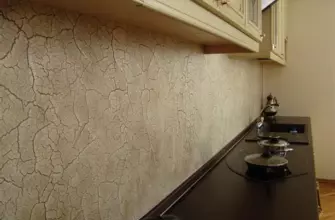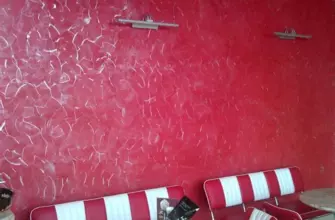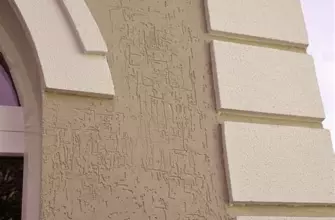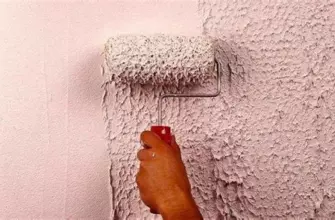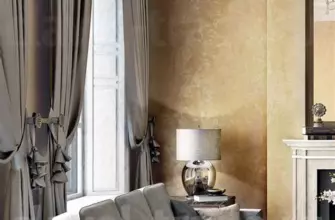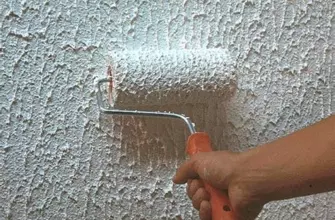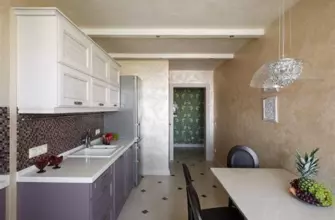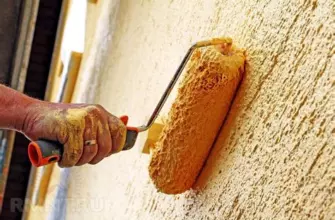Sure! Imagine when you look at a picture from when you were a baby, and it makes you feel happy and a little bit sad at the same time. That feeling is called nostalgia. It’s like a warm, fuzzy feeling you get when you remember something really nice from the past, like a favorite toy or a fun day at the park. It’s when you miss something from a long time ago, but it also makes you smile because you remember how great it was.
Absolutely! Here are some tips for choosing colors and outfits that will look great on camera:Solid Colors: Solid colors tend to work best for photography as they don’t distract from the subject. Opt for colors that complement your skin tone and hair color.Avoid Busy Patterns: Busy patterns or logos can be distracting in photos. Stick to simpler designs that won’t compete with your face or the overall composition of the photo.Consider Your Background: If you know the backdrop or location of the photoshoot, choose colors that will contrast nicely with it. For example, if the background is dark, wearing lighter colors can help you stand out.Neutrals: Neutrals like white, black, gray, and beige are classic choices that always look good on camera. They also provide a clean and timeless look.Bold Colors: Don’t be afraid to experiment with bold colors like red, royal blue, or emerald green. Just make sure the color complements your skin tone and doesn’t clash with the surroundings.Accessorize: Accessories can add interest to your outfit without being overwhelming. Consider adding statement jewelry, scarves, or hats to enhance your look.Comfort is Key: Choose outfits that you feel comfortable and confident in. If you’re constantly adjusting your clothes or feeling self-conscious, it will show in the photos.Layering: Layering can add depth to your outfit and create visual interest. You can layer a jacket, cardigan, or scarf over a basic top to add texture and dimension.Fit Matters: Make sure your clothes fit well and flatter your body shape. Avoid anything too baggy or too tight, as it can distort your proportions in photos.Remember to have fun and express your personal style during the photoshoot!
Sure, here’s a content calendar for a TikTok account focused on reviewing real estate listings:Monday: «Market Mondays»Highlight a trending or unique property listing in a specific market (city or neighborhood).Provide insights into the local real estate market trends, such as average home prices, inventory levels, or popular features.Tuesday: «Transformation Tuesday»Showcase before-and-after shots of properties that underwent renovations or upgrades.Share tips on cost-effective ways to improve a property’s value through renovations.Wednesday: «Walkthrough Wednesday»Take viewers on a virtual tour of a featured property listing.Highlight key features, amenities, and selling points of the property.Thursday: «Testimonial Thursday»Share testimonials or success stories from satisfied homebuyers or sellers.Feature interviews with clients discussing their experiences with the real estate process.Friday: «Fun Fact Friday»Share interesting facts or trivia about real estate, architecture, or the local community.Engage viewers with a lighthearted quiz or poll related to real estate.Saturday: «Spotlight Saturday»Feature a local real estate agent or broker and their expertise in the market.Conduct interviews with industry professionals or showcase their recent accomplishments.Sunday: «Q&A Sunday»Encourage viewers to submit their real estate-related questions.Provide informative answers, tips, or advice on topics such as buying, selling, or investing in real estate.This content calendar provides a variety of content to keep viewers engaged and informed about real estate listings while leveraging popular TikTok trends like virtual tours, testimonials, and interactive content.
Okay, imagine you have a toy train that can zoom around a track really fast. But sometimes, the track is bumpy, and the train slows down or even stops. Now, what if I told you there’s a special track where the train never slows down? That’s like a superconductor! It’s a material that lets electricity flow through it without any bumps, so it can go super fast without losing any energy. Cool, right?
Объем работы и необходимое время при ремонте интерьера с применением фасадной штукатурки
Первым этапом является подготовка поверхности. Это включает в себя очистку стен от старой штукатурки, обоев или краски, а также выравнивание поверхности. Затем производится нанесение основного слоя фасадной штукатурки, который обеспечивает прочное и ровное основание для последующих отделочных работ. Далее следует нанесение декоративного слоя, который определяет внешний вид и текстуру поверхности.
Объем работы:
- Подготовка поверхности;
- Нанесение основного слоя штукатурки;
- Нанесение декоративного слоя штукатурки;
- Отделочные работы (шлифовка, покраска и т.д.).
Необходимое время:
Подготовка поверхности 1-2 дня Нанесение основного слоя 2-3 дня Нанесение декоративного слоя 1-2 дня Отделочные работы в зависимости от сложности и размера помещения
В общем, время выполнения работ зависит от размера помещения, состояния стен, а также выбранной текстуры и оттенка фасадной штукатурки. Рекомендуется обращаться к профессионалам, чтобы получить качественный результат и сэкономить время и ресурсы.
Certainly! Starting a resistance training program is a great decision for your overall health and fitness. Since you’re just beginning, it’s important to start gradually to avoid injury and allow your body to adapt. Here’s a 7-day workout plan tailored for beginners:Day 1: Full Body WorkoutWarm-up: 5-10 minutes of light cardio (jogging, jumping jacks, etc.)Squats: 3 sets of 10 repsPush-ups (can be modified to knee push-ups if needed): 3 sets of 8-10 repsBent-over dumbbell rows: 3 sets of 10 repsPlank: Hold for 30-60 secondsCool down: Stretching for 5-10 minutesDay 2: Rest or Light CardioRest day or engage in light cardio such as walking, cycling, or swimming for 20-30 minutes to promote recovery.Day 3: Lower Body FocusWarm-up: 5-10 minutes of light cardioLunges: 3 sets of 10 reps per legRomanian deadlifts (with dumbbells or barbell): 3 sets of 10 repsCalf raises: 3 sets of 12-15 repsGlute bridges: 3 sets of 12 repsCool down: Stretching for 5-10 minutesDay 4: Rest or Active RecoveryRest day or engage in activities like yoga or gentle stretching to aid recovery and flexibility.Day 5: Upper Body FocusWarm-up: 5-10 minutes of light cardioDumbbell shoulder press: 3 sets of 10 repsDumbbell chest press: 3 sets of 10 repsLat pulldowns or assisted pull-ups: 3 sets of 8-10 repsBicep curls: 3 sets of 10 repsTricep dips (using a chair or bench): 3 sets of 8-10 repsCool down: Stretching for 5-10 minutesDay 6: Rest or Light CardioRest day or engage in light cardio for 20-30 minutes.Day 7: Core FocusWarm-up: 5-10 minutes of light cardioBicycle crunches: 3 sets of 15 reps per sideRussian twists: 3 sets of 12 reps per sidePlank with alternating leg lifts: 3 sets of 12 reps per sideReverse crunches: 3 sets of 12 repsCool down: Stretching for 5-10 minutesRemember to listen to your body, start with weights that are comfortable for you, and gradually increase the intensity as you progress. It’s also essential to maintain proper form throughout each exercise to prevent injuries. If you’re unsure about any exercises, consider consulting a fitness professional for guidance.


